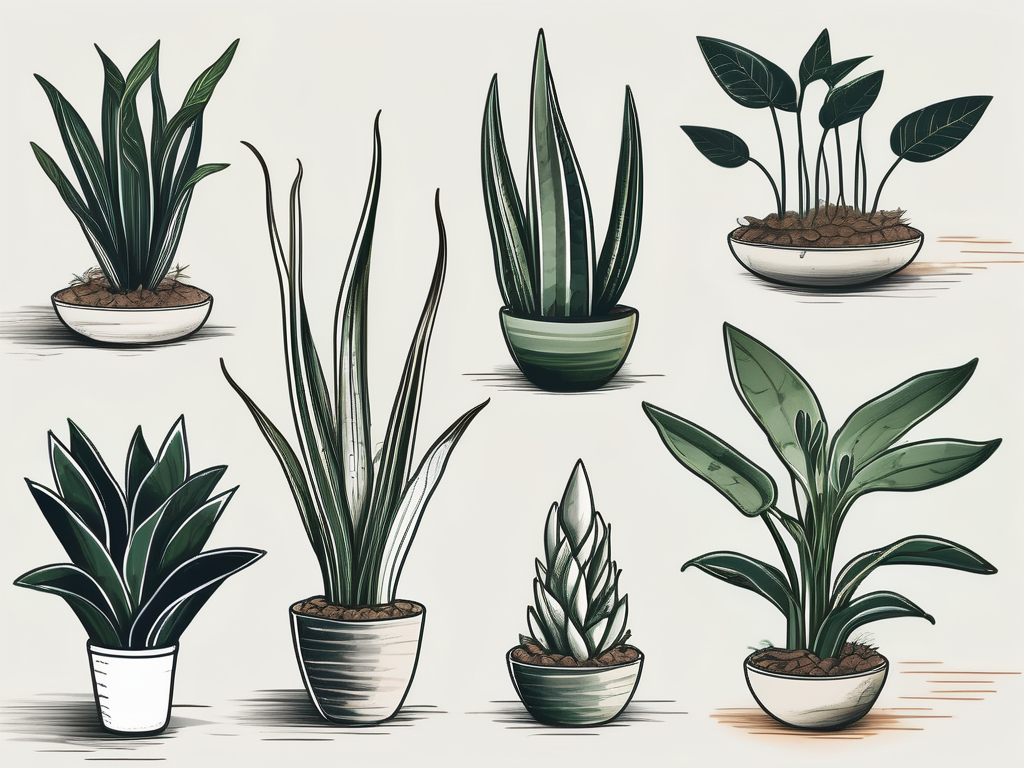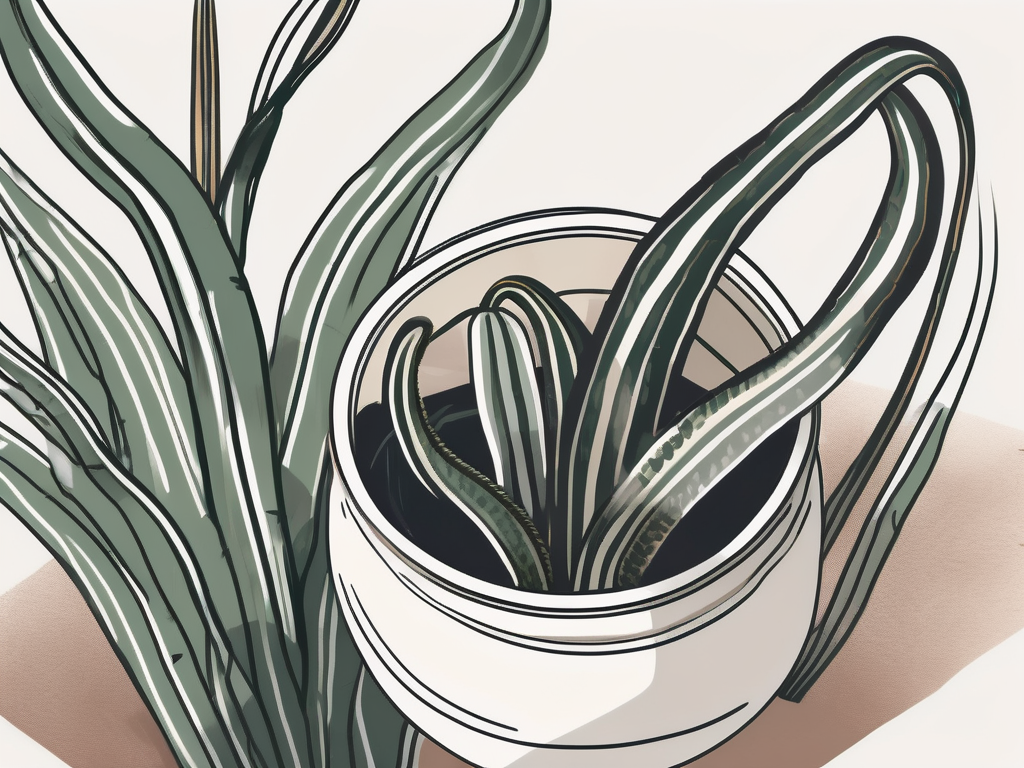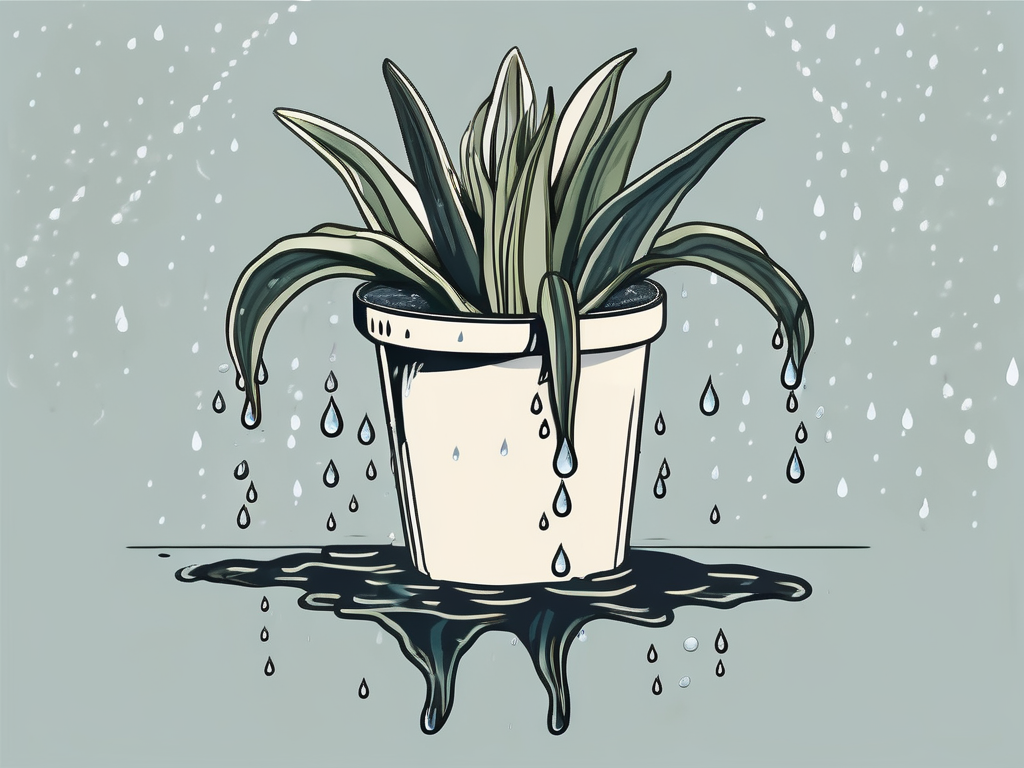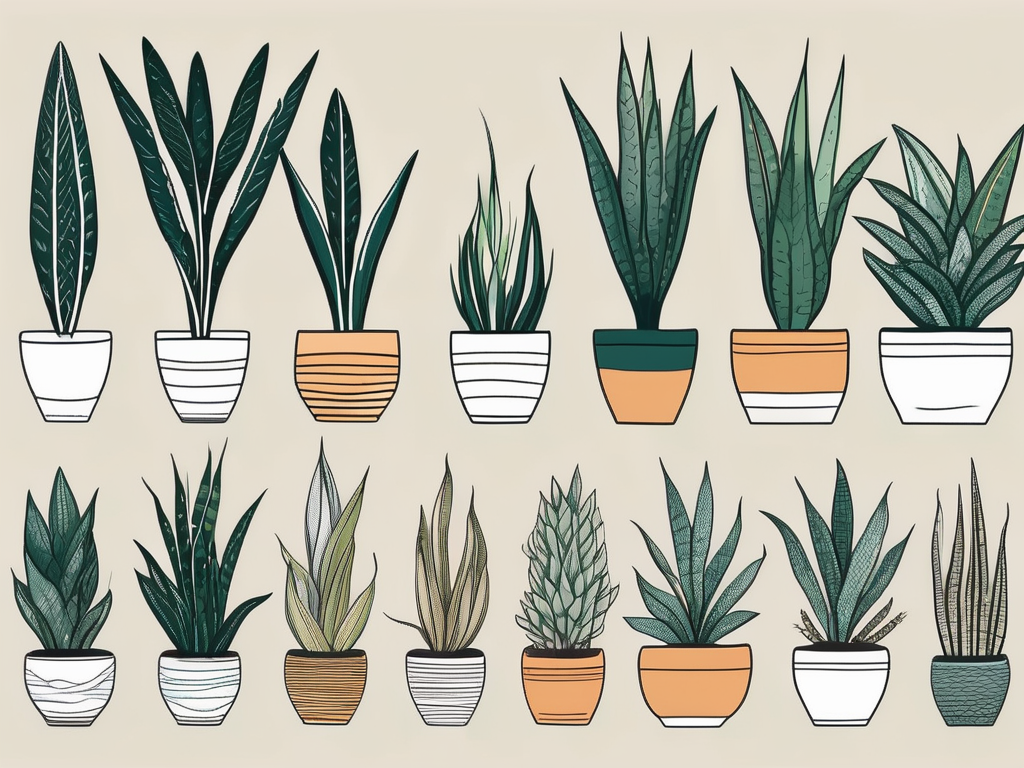
There's something truly special about bringing a touch of nature indoors, isn't there? If you're looking for a plant that not only adds beauty to your home but also purifies the air, the snake plant is a fantastic choice. Known for its striking upright leaves and easy care requirements, this plant is a favorite among plant lovers everywhere.
This article will guide you through the ins and outs of caring for a snake plant, from selecting the right pot and soil to understanding its air-purifying capabilities. Whether you're a seasoned plant parent or just starting your green journey, you'll find plenty of valuable insights to help your snake plant thrive.
What Makes the Snake Plant Special?
Snake plants, also known as Sansevieria or mother-in-law's tongue, are standout performers in any plant collection. Their architectural shape and variegated leaves make them a popular choice for adding visual interest to a room. But there's more to these plants than just looks.
One of the standout features of the snake plant is its ability to purify the air. According to a famous NASA study, snake plants are excellent at removing toxins like formaldehyde and benzene from the air, making them a top pick for improving indoor air quality. This makes them not only attractive but also functional additions to your home.
Moreover, snake plants are hardy and adaptable, thriving in various light conditions. They're like the superheroes of houseplants, able to withstand neglect and still come out looking great. This resilience makes them perfect for busy households or those new to plant care.
The Perfect Spot for Your Snake Plant
Finding the right spot for your snake plant is crucial for its health and happiness. While these plants are adaptable, they do have their preferences. Ideally, snake plants enjoy bright, indirect light, but they can also tolerate low light conditions. This flexibility means you can place them in a variety of locations around your home.
If you have a sunny spot near a window, your snake plant will likely thrive there. However, if you only have a dim corner available, don't worry. Your snake plant will still manage to survive, though its growth might slow down a bit. Just be sure to avoid direct sunlight, which can scorch its leaves.
Another factor to consider is temperature. Snake plants prefer temperatures between 60-80°F (15-27°C). They don't fare well in the cold, so keep them away from drafty windows or doors. By choosing the right spot, you'll set the stage for your plant to flourish.
Choosing the Right Pot and Soil
The right pot and soil can make all the difference when it comes to your snake plant's health. These plants prefer well-draining soil to prevent root rot, a common issue if they're left sitting in waterlogged soil. A cactus or succulent mix is ideal, as it allows excess water to drain away easily.
When it comes to pots, terra cotta pots are a great choice for snake plants. They allow moisture to escape through their porous material, helping to keep the soil dry. Make sure your pot has drainage holes to let excess water escape. Without them, water can accumulate at the bottom, leading to soggy soil and root issues.
Repotting is usually only necessary every couple of years or when your snake plant becomes root-bound. When repotting, choose a pot that's slightly larger than the current one to give your plant some room to grow. By providing the right home for your snake plant, you'll ensure it has everything it needs to thrive.
Watering Your Snake Plant
One of the many reasons snake plants are so popular is their low-maintenance watering needs. These plants are drought-tolerant and can go weeks without water, making them perfect for forgetful plant parents. However, there's a fine line between underwatering and overwatering, so it's essential to strike the right balance.
The general rule of thumb is to let the soil dry out completely between waterings. Depending on your home's humidity and temperature, this might mean watering every 2-6 weeks. During the colder months, when the plant's growth slows down, you can water even less frequently.
When it's time to water, be sure to soak the soil thoroughly, allowing excess water to drain out of the bottom. Avoid letting the plant sit in standing water, as this can lead to root rot. Keeping an eye on your plant and adjusting your watering routine as needed will help ensure it stays healthy and happy.
Feeding Your Snake Plant
Snake plants are not heavy feeders, which makes them easy to care for when it comes to fertilization. A little goes a long way with these plants. During the growing season, typically spring and summer, you can feed your snake plant with a balanced, water-soluble fertilizer. Once every month or two should be sufficient.
It's essential not to overdo it with fertilizer, as this can lead to nutrient burn and damage your plant. In the fall and winter, when the plant's growth slows down, you can skip feeding altogether. By providing just the right amount of nutrients, you'll help your snake plant maintain its vitality.
If you notice your snake plant's leaves looking pale or its growth stalling, it might be a sign that it needs a little boost. In this case, you can try increasing the frequency of fertilization slightly, but always err on the side of caution. Remember, less is more when it comes to feeding your snake plant.
Dealing with Pests and Problems
While snake plants are generally resistant to pests, they can occasionally fall victim to common houseplant nuisances like spider mites and mealybugs. If you notice small webs or cotton-like spots on your plant, it's time to take action.
To address these issues, start by wiping the leaves with a damp cloth to remove any visible pests. You can also use a gentle soap solution or neem oil to treat the plant, ensuring you cover both the tops and undersides of the leaves. Regularly inspecting your plant and catching problems early is key to keeping it healthy.
Another common issue with snake plants is root rot, often caused by overwatering. If you notice your plant's leaves turning yellow or mushy, it's time to check the roots. Healthy roots should be firm and white, while rotting roots will be soft and brown. In this case, you'll need to trim away the damaged roots and repot your plant in fresh, well-draining soil.
Designing with Snake Plants
Snake plants offer both form and function, making them an excellent addition to any interior design scheme. Their bold, upright leaves can help create visual interest and structure in a space, while their air-purifying abilities make them a practical choice for improving indoor air quality.
Consider placing a snake plant in your living room or bedroom to add a touch of greenery and help cleanse the air. They also work well in office spaces, where they can provide a much-needed connection to nature. Their versatile nature makes them suitable for a variety of design styles, from modern to bohemian.
To make the most of your snake plant's aesthetic appeal, try using different pot styles and materials to complement your decor. A sleek, minimalist pot can enhance a modern space, while a woven or textured planter can add warmth and character. By thoughtfully incorporating snake plants into your design, you'll create a beautiful, inviting atmosphere.
Benefits of Snake Plants for Your Health
As mentioned earlier, snake plants are known for their air-purifying qualities, but their benefits don't stop there. These plants release oxygen at night, making them an excellent choice for bedrooms. By improving air quality and increasing oxygen levels, they can help promote better sleep and overall well-being.
Additionally, having plants in your home can positively impact your mental health. Studies have shown that being around greenery can reduce stress and improve mood, making snake plants a valuable addition to your living space. Their low-maintenance nature also means you can enjoy these benefits without the stress of constant care.
By incorporating snake plants into your home, you'll be taking a step towards a healthier, more balanced lifestyle. They're more than just a pretty face; snake plants offer tangible benefits that can make a real difference in your day-to-day life.
Propagating Your Snake Plant
If you're eager to expand your plant collection or share your love of snake plants with friends and family, propagation is a fun and rewarding process. Snake plants are easy to propagate, making them perfect for plant lovers of all experience levels.
One of the simplest methods is leaf cuttings. To start, select a healthy leaf and cut it into sections, each a few inches long. Allow the cut ends to callus over for a day or two, then plant them in a well-draining soil mix. Keep the soil slightly moist, and in a few weeks, you'll notice new roots and shoots forming.
Another method is division, which involves separating the plant's root ball into smaller sections. This is best done when repotting, as it allows each new plant to have its space to grow. With a little patience, you'll soon have a thriving collection of snake plants to enjoy or share with others.
Final Thoughts
Snake plants are truly a remarkable addition to any home, offering a blend of beauty, resilience, and air-purifying benefits. With proper care, they can thrive in a variety of settings and bring a touch of nature indoors.
At Cafe Planta, we're passionate about helping you care for your plants. Whether you're looking for the perfect snake plant or need advice on plant care, we're here for you. Feel free to email us or DM us on Instagram with any questions. Let's grow together!
























